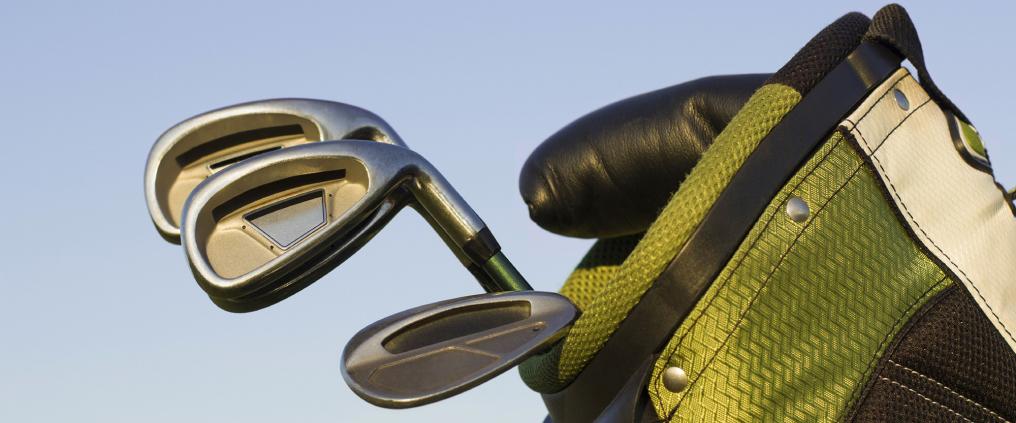If you need more information, you can consult Finavia's website, or contact your airline or the Finnish Transport Safety Agency Trafi.
'It's also good to keep in mind that some items are permitted in the cabin but not in the cargo hold, and vice versa', points out Ari Kumara, Head of Security Services at Helsinki Airport.
All special baggage items require you to arrive to the airport well in time before your departure.
Are diving and fishing equipment allowed on aeroplanes?
Fishing equipment, such as lure kits with hooks, are mainly transported in the cargo hold. Only lures with hooks smaller than 6 cm can be carried in the cabin.
No bottles or tanks that contain pressurised gas or diving tanks that are not empty, for instance, are allowed in baggage. The gauge on an empty tank must be at zero.
Detach the bulb or battery from high-power diving lamps, and protect battery terminals from short circuiting. Batteries are subject to more detailed regulations. Check the instructions at our website.
Larger sports equipment to the cargo hold
You can carry even larger pieces on aeroplanes, such as surfboards and windsurfing boards, kayaks, and canoes. You must notify the airline of this type of equipment already when booking the flight. Airlines usually charge an extra fee for these items.
Pack any skis, walking poles, rackets, clubs, and skateboards in the baggage going to the cargo hold. See more detailed instructions about how to pack skiing gear.
Some airlines allow golf clubs to be carried as hand baggage, and and you should check this with your airline.
Bicycles must be packed in transport cases or bags and sent to the cargo hold. Finnair, for instance, advises passengers to deflate the tyres to the minimum pressure.
'During a flight at high altitude, the air pressure can make fully inflated tyres burst', Kumara explains.
Remember to attach name and address tags on all sports equipment bags and cases.
Instructions for the transport of weapons, ammunition, and camping stoves
If you intend to carry weapons and ammunition, you have to request a permit from the airline beforehand. You can find detailed instructions on how to pack these items in the checklist for hunters and campers.
The same checklist is useful for everyone headed for a trekking trip. It gives you advice on what to take into account when transporting cooking stoves and lighter equipment.
What happens to non-permitted items?
'If any forbidden items or substances are found in a passenger's hand baggage, the passenger may take it to their car, leave it at the airport for storage for a fee, or hand it to a person seeing them off. Otherwise, it will have to be handed over to the airport staff for disposal.'
'We store objects and items removed from checked baggage for a few weeks', says Kumara.
